Fourth-century sculpture is known for its elegant elongation of the human form, and the introduction of the female nude.
c. 400–323 B.C.E.
Fourth-century sculpture is known for its elegant elongation of the human form, and the introduction of the female nude.
c. 400–323 B.C.E.
We're adding new content all the time!
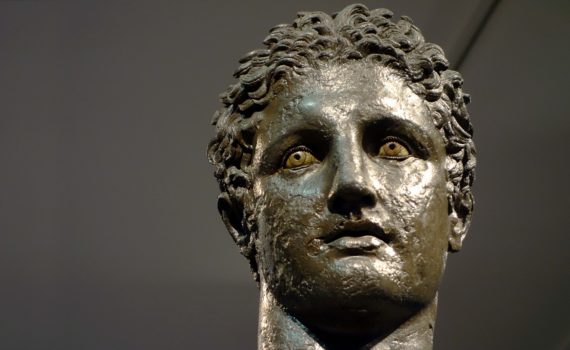
The Antikythera shipwreck was the first of a series of ancient shipwrecks identified in the Eastern Mediterranean.
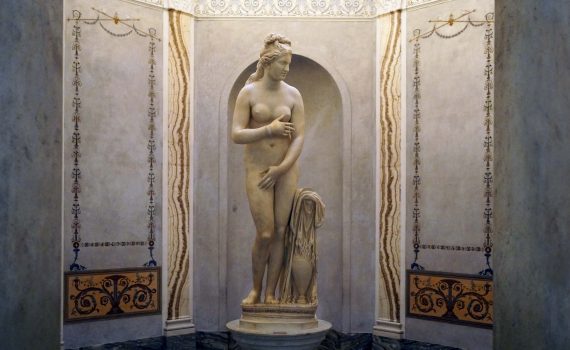
Aphrodite, goddess of love and beauty, emerges from her bath, but what did her nudity mean to the Greeks?
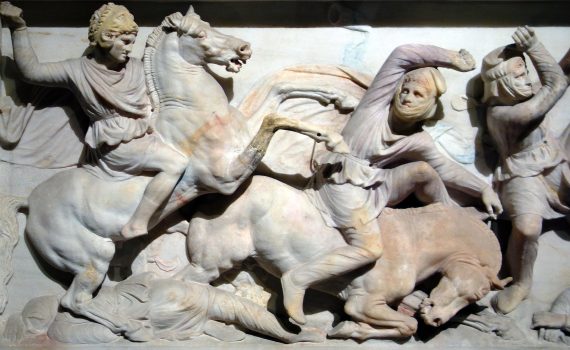
Alexander the Great conquered the known world, but who was this monument for and what does it symbolize?
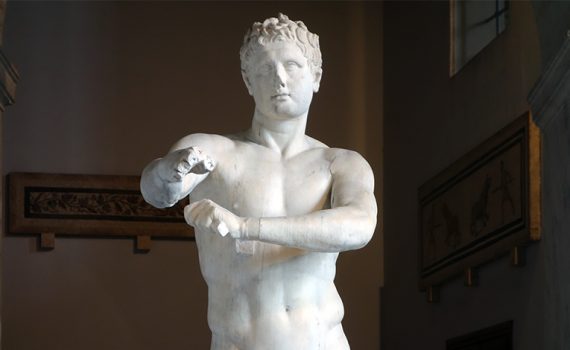
Ancient Greek athletes cleaned themselves with oil. This sculpture shows one athlete’s bathing ritual.
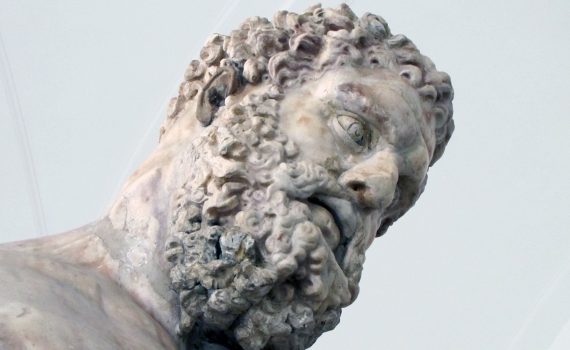
Weary from his labors, Hercules leans on his club, with hints of his heroic trials hidden in plain sight.